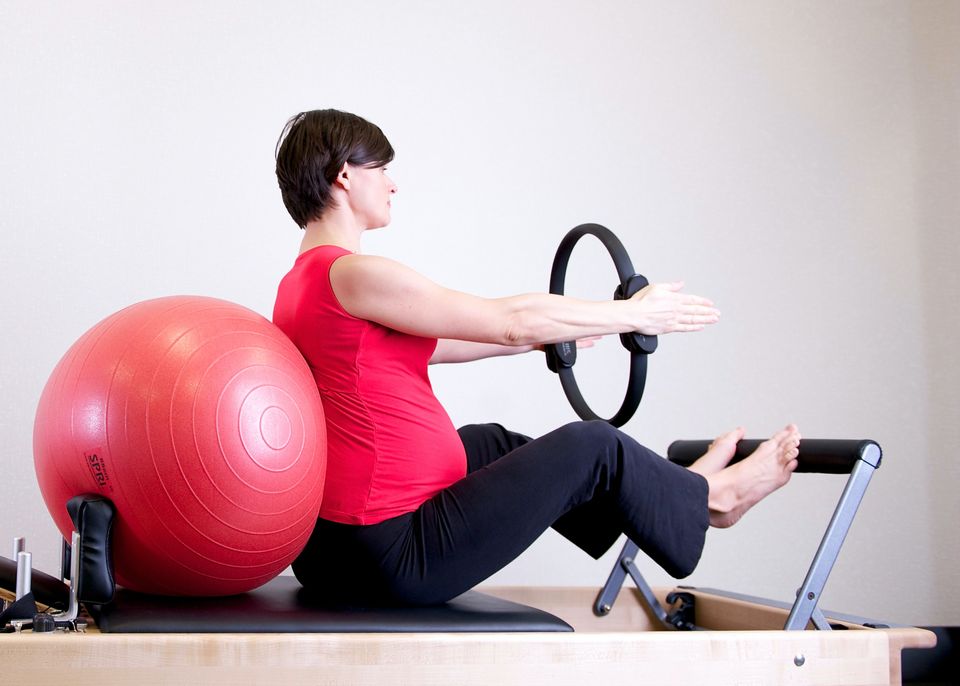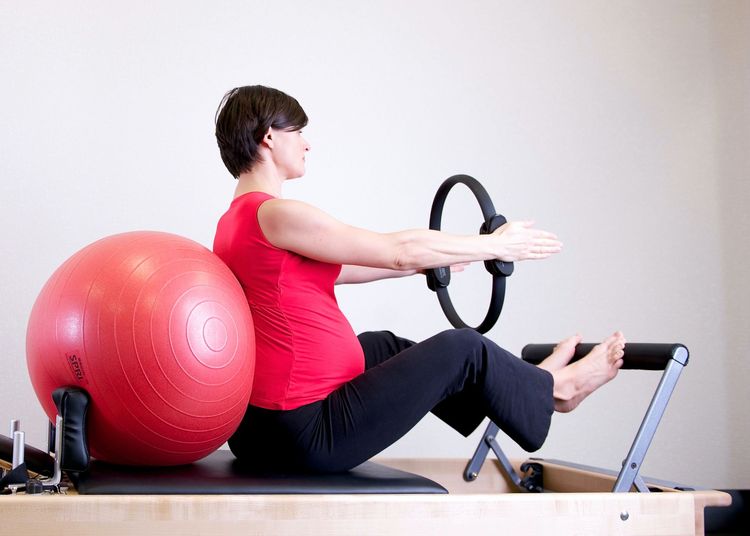🦀 PT Crab Issue 102 - Should you do Pilates?

First, to answer my question above, maybe? I mean, Pilates is definitely good for you and possibly one of the best core / functional exercise modalities out there. Should you do it? That’s really up to you. Should your patients do it? Also up to you. Why am I talking about Pilates? I saw quite a few research articles on the topic pop up in the last few weeks so I figured it’s time to give them a PT Crab assessment. We’ll be looking at Pilates for chronic MSK problems in this issue.
King Crab supporters received triple the articles this week, so they also learned about how Pilates can affect balance and falls in the elderly and scoliosis. If you’re looking to triple your exposure and support a good cause, become a King Crab supporter by clicking the button below.

With all that questioning behind us, let’s dive in!
P.S. Let’s welcome new subscribers Dillon T., Brynn W., Mitchell K., Laura T., Ashleigh S., Melissa B., Ainsley P., Jennifer W., and Karly K. Welcome!
Pilates for Chronic MSK Conditions. Maybe?
The Gist - To the question of do Pilates exercises help for adults over 50, the answer is indeed. This systematic review and meta-analysis grabbed 7 articles looking at Pilates exercises in back pain, osteoporosis, chronic neck pain, and/or knee OA with a mean sample age of about 57. In all cases, exercise sessions were 60 minutes and frequency ranged from 1 to 5 times per week, with the mean number of sessions being 43 and a range of 10 to 120. Controls included stretching, home yoga, TENS, thoracic extension exercise, and “conventional therapeutic exercises.”
With those exercise routines to compare to, the researchers found that Pilates exercise was found to be “as effective as yoga for pain and disability” in two studies, and found that it increases physical functioning in people with osteoporosis or chronic low back pain and is equal to therapeutic exercises for knee OA.
Overall, Pilates didn’t exceed the abilities of other exercises, but was effective across basically every modality. They were safe and effective, and adherence was high, all great news!
Tell Me More - How does this apply to clinical practice? First let’s cover how it doesn’t. All the Pilates in these studies were done in group form and adherence to the protocols averaged 81% across all studies. People seem to like it and there were no adverse events reported across the studies, demonstrating its safety for people over 50. So it could be a great recommendation to people discharging from PT.
For the clinical side, Pilates exercises and processes can be integrated into clinical exercise (even without a reformer, check out Mat Pilates) as many people do. The researchers speculate that “targeted delivery of Pilates for functional benefits such as continued participation in work, specific sports and fitness activities during retirement years, and long‐term effects on fall risk and rehabilitation,” could be the future of this exercise practice.
Paper? Right here.
And that’s our week. I hope you’ve learned something about Pilates and if you desire to follow up, I recommend Googling. Quite a few PTs have added it to their routines to make some side-money, so consider if it has piqued your interest. Even if not, the principles could be useful additions to your exercise programs.
As always, please share PT Crab with any and all, you’re how we grow. Have a great week!
Here's the paper we covered this week:
Byrnes, K., Wu, P.-J., & Whillier, S. (2018). Is Pilates an effective rehabilitation tool? A systematic review. Journal of Bodywork and Movement Therapies, 22(1), 192–202. https://doi.org/10.1016/j.jbmt.2017.04.008




Comments
Want to leave a comment and discuss this with your fellow PTs? Join PT Crab and get summarized PT research in your inbox, every week.